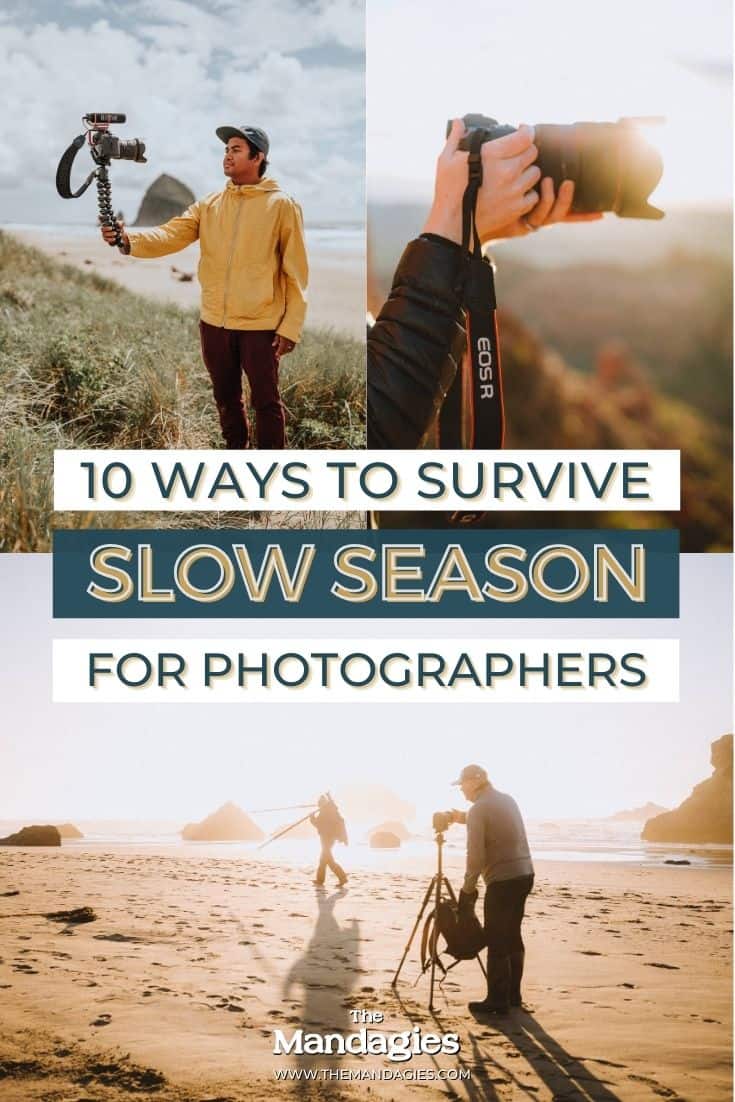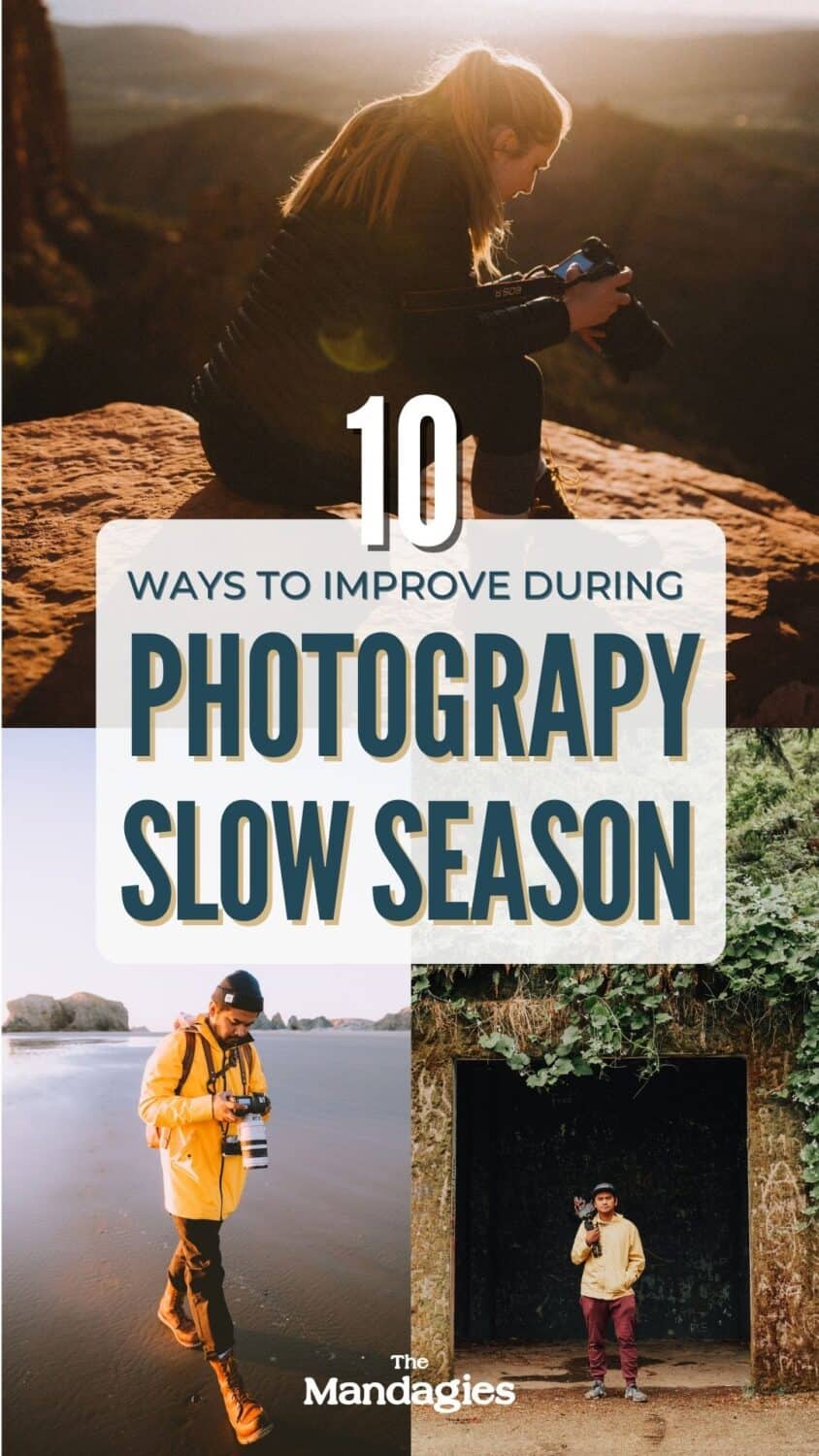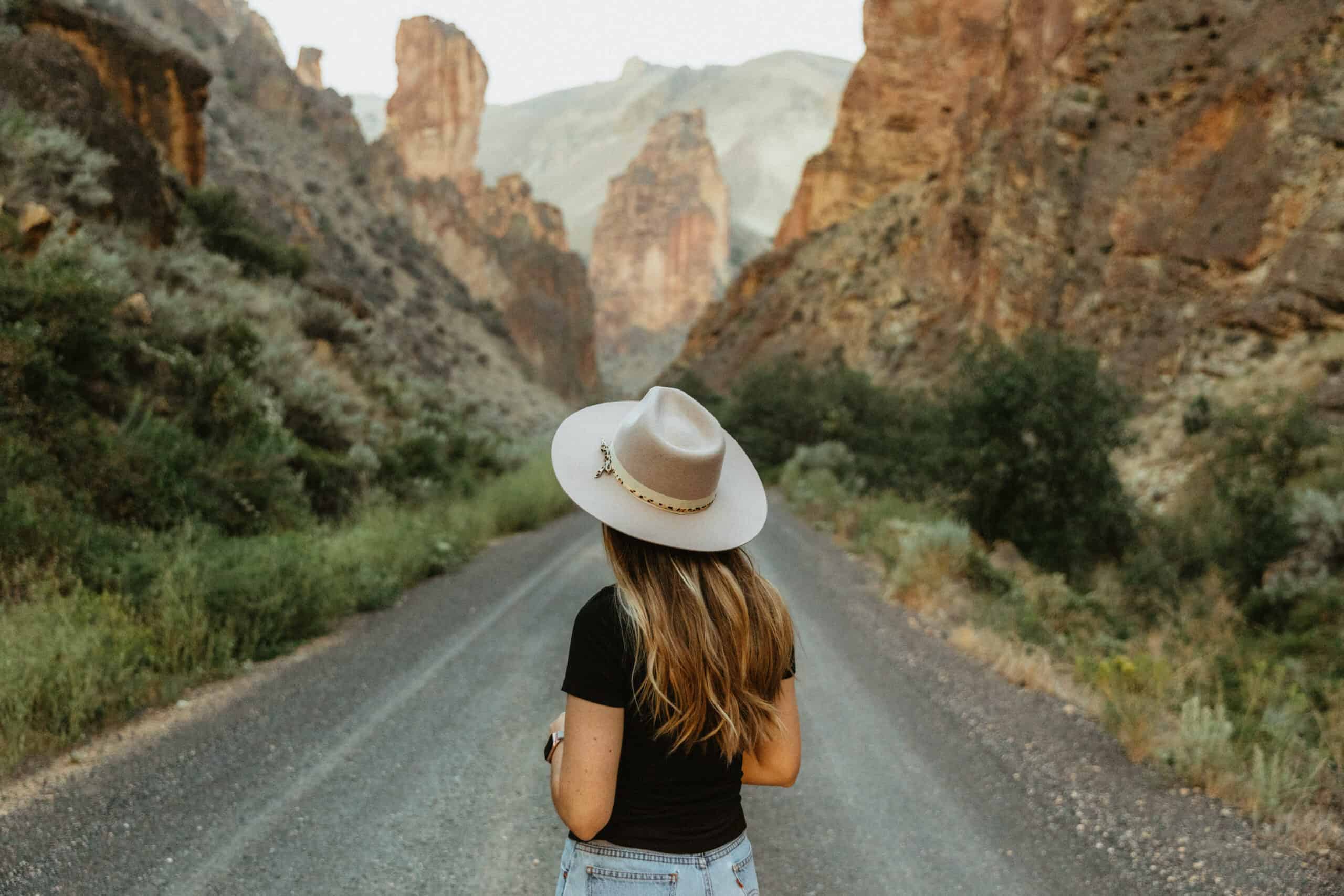Post Summary: 12 Things Creatives Can Do During Photography Slow Season
You did it!
You survived yet another exciting travel photography season, capturing adventurous moments, gorgeous landscapes, and incredible experiences.
While the winter season brings an entirely new set of activities to document (you can find us at the nearest coffee shop, thank you), it is a perfect chance to slow down and shift focus to the other side of the travel photography business.
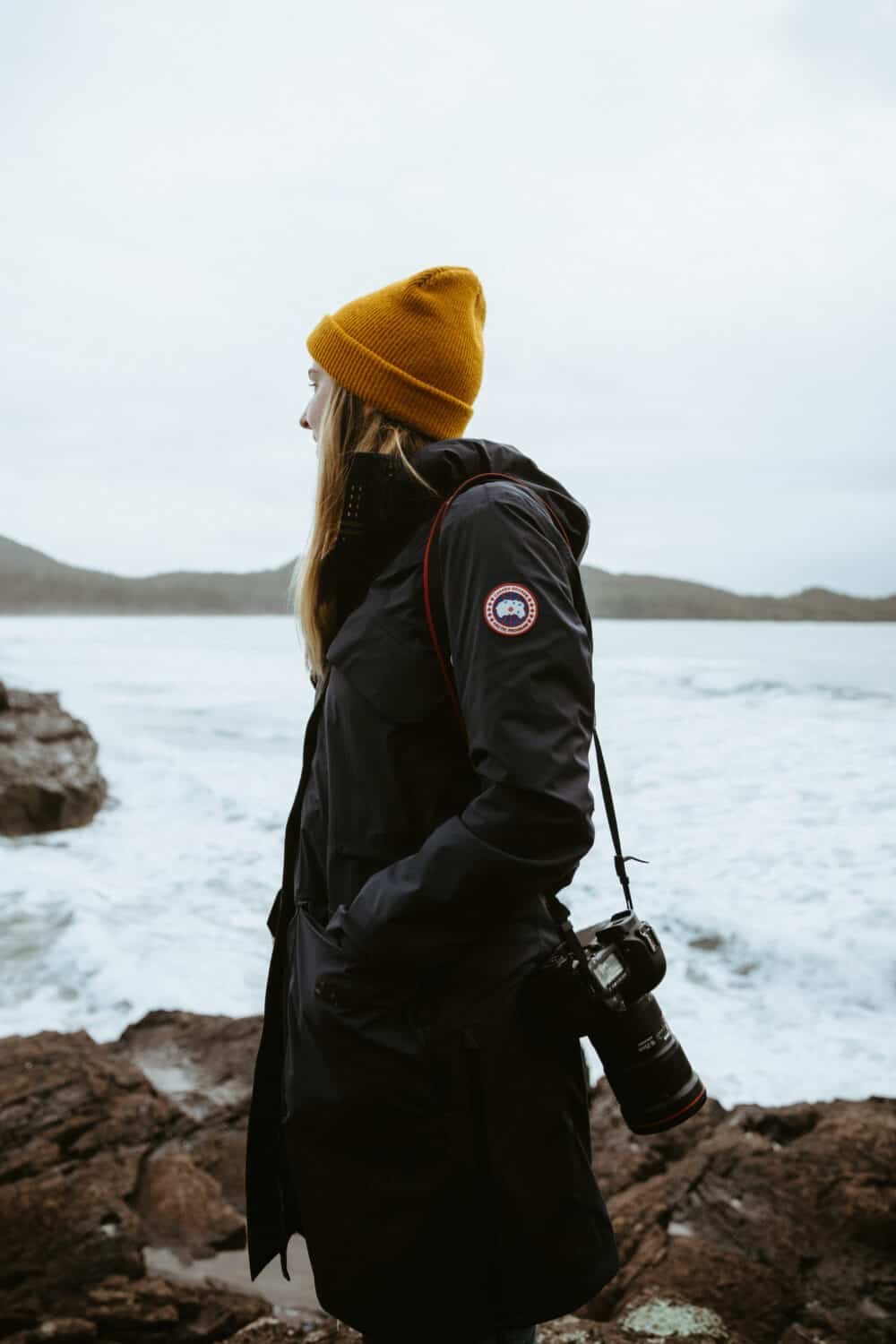
Yep, taxes, file organization, and website updates aren’t as much fun as taking your camera out on your next hiking trail, but they are essential to running a smooth and successful business.
During the “slow season”, Berty and I have figured out exactly what we can do to keep our travel blog running smoothly. If you are interested in ways to keep busy too, you’ve come to the right place!
Keep reading for our top 12 tasks photographers can do during the slow season, to keep your business top of mind and in razor-sharp shape with the best marketing, organization, and inspiration tips out there!
10 Things Travel Photographers Can Do In Their Downtime
1. Backup, Backup Backup!
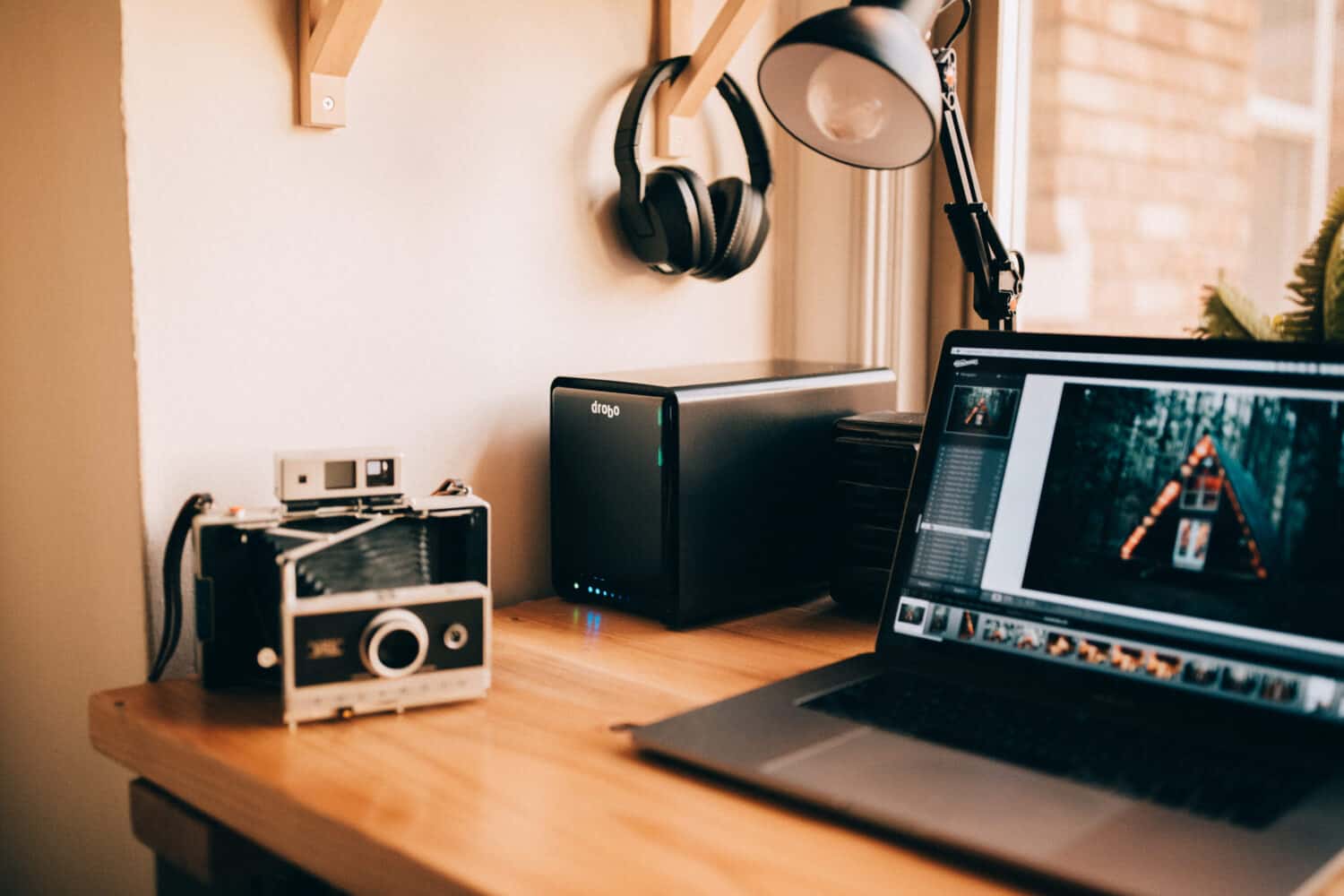
You’ve heard the horror stories. Someone spent hours shooting a commercial project or worse, a wedding…only to lose all their files.
But what if that happens to you? Your hard drive goes AWOL, files get corrupted, or insert-your-own-disaster-here.
It only takes one terrible mistake to realize that backing up your files is absolutely essential. However, we want to make sure you practice good habits from the start so that mistake hopefully never happens to you!
We’ll say it again – backing up your photos is the single best thing you can do to protect your precious work.
Is it time-consuming? Yes. However, if you’ve got extra space in your calendar, it’s the best time investment you can make in your photography journey.
Now, what should you use to backup your photos? Thankfully, there are several great options out there – we’re highlighting some of them here below:
Budget Backup: Lacie Hard Drives or a portable SSD drive. If you don’t have a lot of money to spend backing up your photos, set aside just ~$200 and purchase 2 portable backup drives.
Spend some time to make an exact copy of your hard drive, and dedicate time every quarter or so (four times a year) to updating that backup. With your hard drive copy, leave it in a safe place – ideally in a locked safe or location that’s waterproof/fireproof.
Professional Backup: On top of having dedicated, portable hard drives stored in a safe place, we also recommend a permanent copy somewhere else, ideally both in the cloud and in a safe, physical location.
We own a Synology DiskStation, with separate bays to add in hard drives of various sizes. It’s an NAS System (network-attached-storage) which means we are able to access all of our files on our computers anytime we are connected to our internet. I use this system DAILY when working on the blog!
2. Organize Your Image Files and Folders
It’s extremely easy to export your files from Lightroom or Photoshop with a generic file title, like 1V68GJ.jpg. But what happens when you’ve misplaced a folder or an image? We’ve made the mistake of not naming and organizing our early images, and it’s caused us a lot of wasted time finding files even today.
Chances are, if your images aren’t organized in a way that’s easy for you to understand, you risk losing a lot of time and energy tracking it down. That’s why we have a super clear system of organizing our image files.
We’ll show you how we organize our files below. Remember, this is an easily customizable file organization strategy, so decide a system that works best for you and then stick with it through your entire body of work.
How We Name Image Files:
Date (YYYY/MM/DD) > Photo Shoot Title > Your Biz Name > File Number
(Example: 2020-02-10-Chesterman-Beach-Vancouver-Island-The-Mandagies-1.jpg)
Here is How We Name Folders:
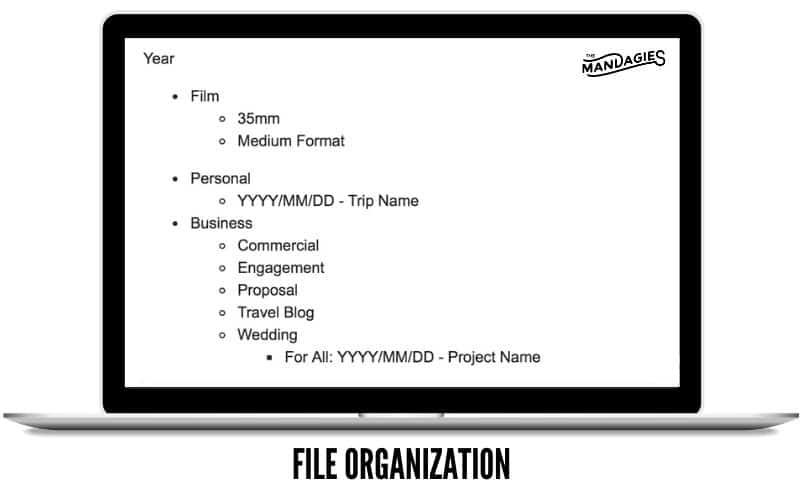
3. Learn A New Skill
Feeling adventurous? For the longest time, we’ve been wanting to learn Procreate and make our own custom maps. However, that skill always seems like the first thing to get pushed aside when there are other things on our plate!
Berty and I had some extra time on our hands earlier in the year, so we took some classes to learn Procreate.
We found that finding a new creative outlet was really helpful for us during that time, and we’re thankful for the time spent at home to foster that.
Here’s an example of a map we’ve made. We think it brings so much more life and interest to our blog posts!
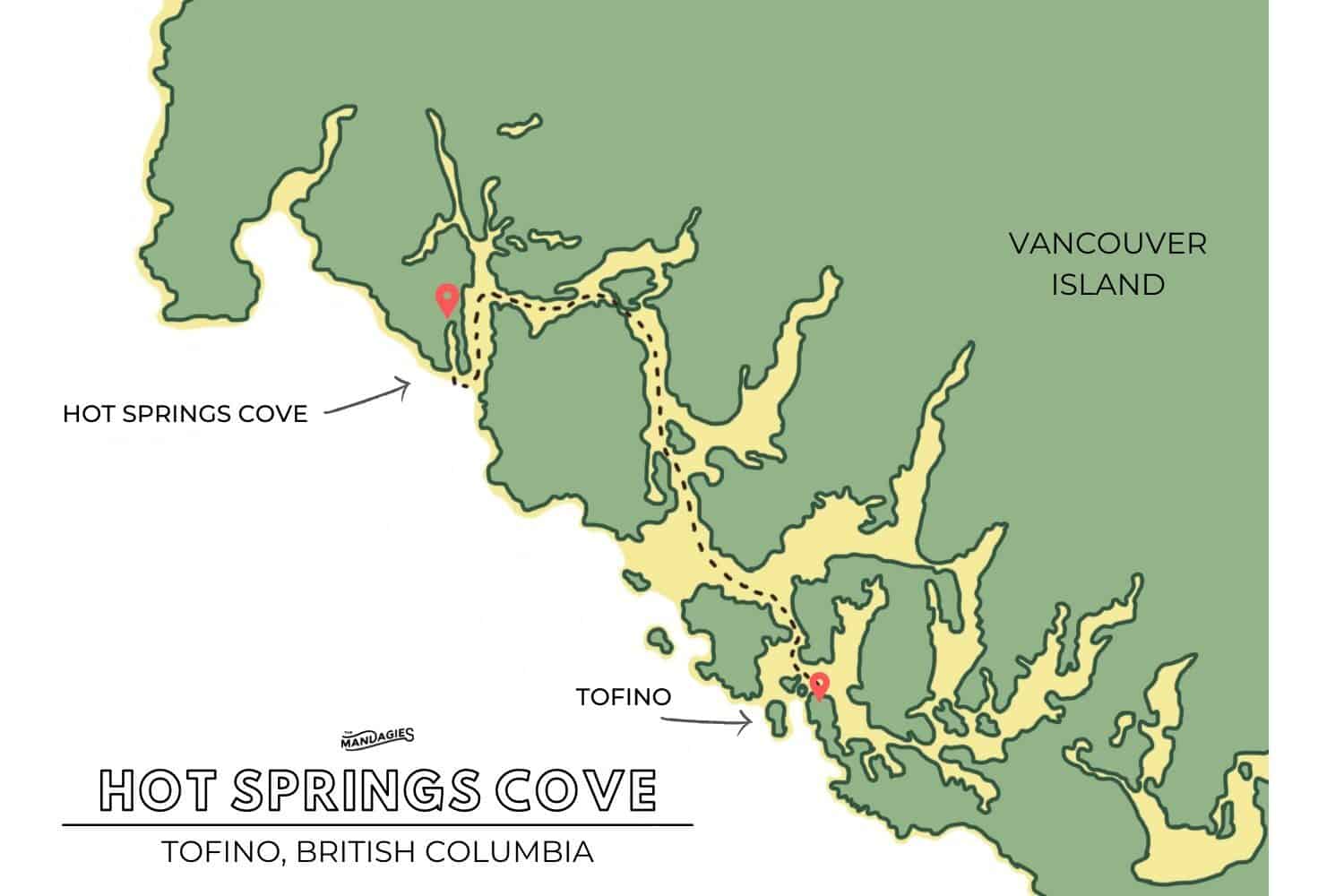
If you are in the market to learn a new skill or refine something you’ve been trying to master, here are some ways we like to learn online in-between shoots.
Places To Learn New Photography + Marketing Skills:
- Youtube Channels: Our favorites are Samuel Elkins, Mastin Labs, Alex Strohl, and Brandon Woelfel.
- Skillshare: Online classes on just about anything!
- Teachable courses from your favorite online creators (we really like Melyssa Griffin and the Local Adventurer).
- Attend an in-person workshop for hands-on learning and community building.
- Try your hand at film photography! We have guides on the best 35mm color film, the best beginner film cameras, and how to store film propery.
- Try honing your skills on gear you already have! Here are 31 smartphone landscape photography tips and tricks.
4. Re-Edit Old Image Files

Have you ever looked back on images you took years ago? For us, it’s a good reminder of how far we’ve come, especially when it comes to editing!
Often, we find it really fun to bring our older images back into :ightroom and re-edit them using the skills and presets we have now.
It’s a good way to reflect on things you’ve learned about photo editing, but also a fun opportunity to resurrect old images that are worth another glance!
Read More: 8 Simple Ways To Drastically Improve Your Travel Photography
5. Share Your Work
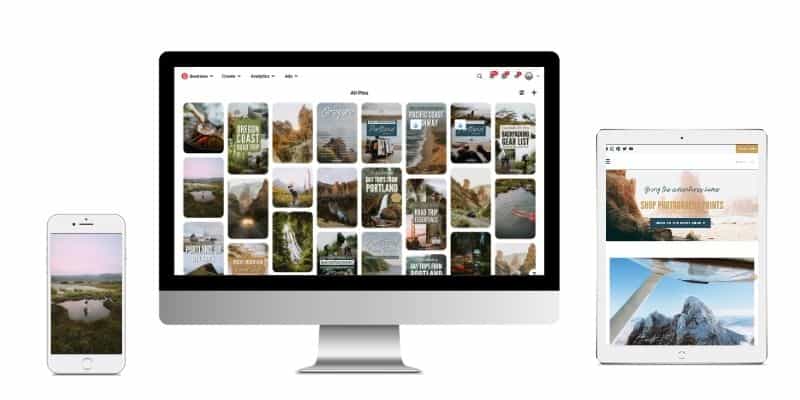
You’ve sent off the selects to your client…now what? Should they stay on your hard drive forever? No! Show off the work you are proud of and create a blog post about your image series to share on your website.
Not only is it a good way to showcase work, but it also helps prospective clients see examples of different shoots and locations.
Blogging your work also means you can share it across lots of social media channels. Pinterest is a great place to share work for inspiration because people pin a lot for their wedding/engagement boards, future vacations, and camping trips!
LinkedIn is also a great (and widely underused) channel to share your recent work. This one is more career-focused, so we suggest catering your content towards how you’d like it to be seen by potential clients. See it as a live media kit, showing off your latest projects and client work!
6. Update Your Media Kit
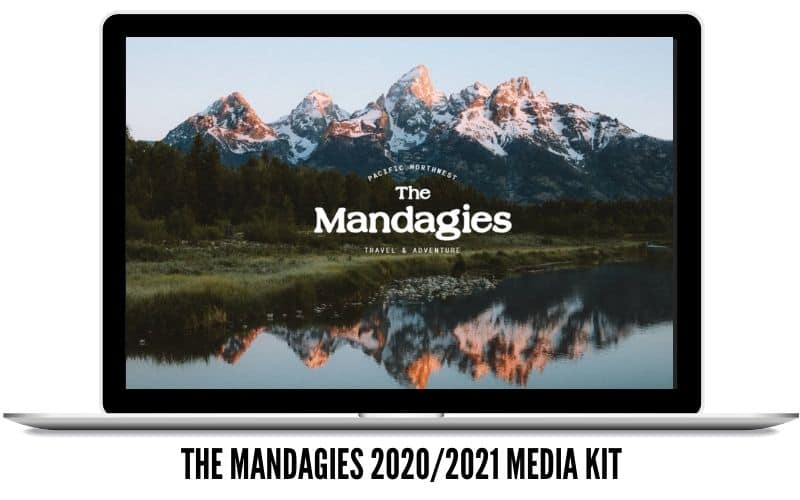
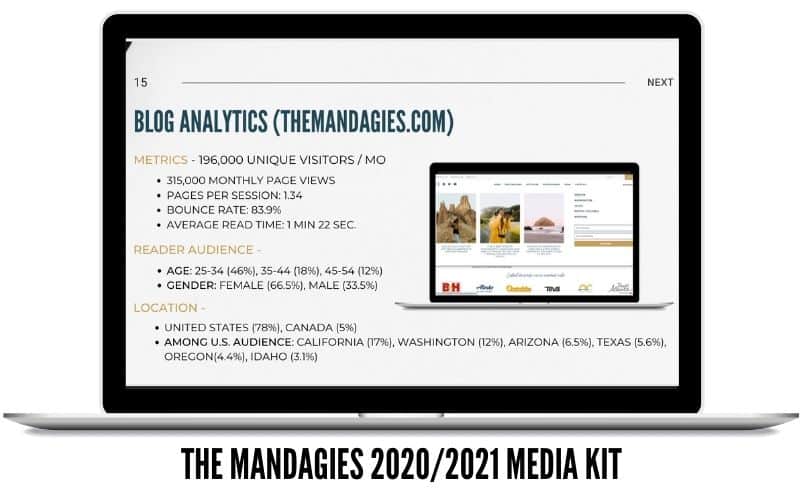
It’s a good idea to update your media kit often. We do it at the end of every month, but every quarter should be sufficient as well.
Having an updated media kit ensures that you are giving prospective clients accurate statistics and numbers about your business.
Updating your media kit also gives you an opportunity to refresh it with any recent client work you are proud of, and any new testimonials from raving customers (but more on that below!).
Things We Include In Our Media Kit:
- Short Introduction
- Services Provided (Wedding Photographer, Commercial Photographer, Social Media Promotion, Etc.)
- Social Media Numbers & Statistics (if relevant)
- Website Page Views & Statistics (if relevant)
- Client Reviews
- Demographic Breakdown
7. Get Inspired!
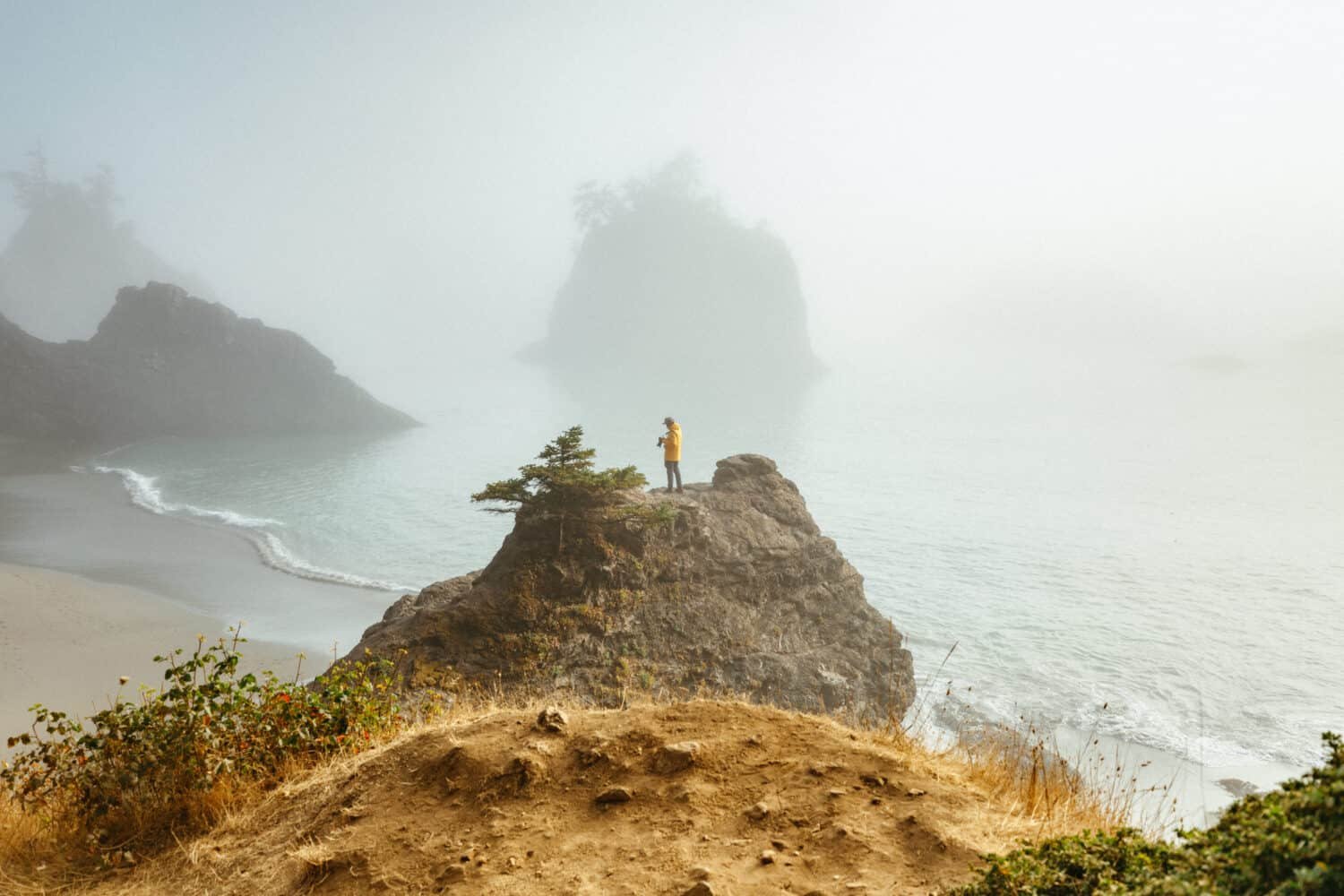
If you’ve got a little extra time on your hands, it can be fun to experiment with colors, aesthetics, and new photography styles. Experimenting is also a great way to get out of a creative rut, and try out new styles and techniques.
There are so many places to draw inspiration from when it comes to capturing photography. From the routine of everyday life, books, movies, and more, there are so many ways to get in tune with your creative side!
Here are some places we draw inspiration from:
- Old and new photo books (our favorites are Slim Aarons and Ansel Adams, but this varies on your photography style!)
- Daily life (gardening, cooking, capturing our daily routine)
- People watching
- Thrift Stores
- Traveling new places for fun
Very Important Note About “Inspiration” – There’s a huge difference between copying work, and being inspired by it. Copying imitates more than one element of the final piece (think composition, colors, models, settings, etc). Inspiration focuses on one element, often in the form of a feeling, color palate, or setting. Inspiration takes one of these aspects and creates a unique piece through their own personal lens.
8. Check Your Books (Taxes, Accounts, and Expenses)

One of the most effective things photographers can do in their downtime is to organize their books!
Taxes come every year (possibly even quarterly!) so maintaining your books consistently throughout the year (versus saving it all until the last minute) will save your sanity.
We suggest investing in some bookkeeping software to help you organize your expenses and income. Quickbooks is a very user-friendly option, as well as Xero.
Keeping your books balanced will also keep you in the know about the state of your business, so you always know where your money is going. We like to do this at the end of every month, to keep things clean and organized.
Recommended Software: Quickbooks or Xero, Stripe for online payments, Everlance for tracking your traveled miles.
9. Send In Your Gear To Get Cleaned
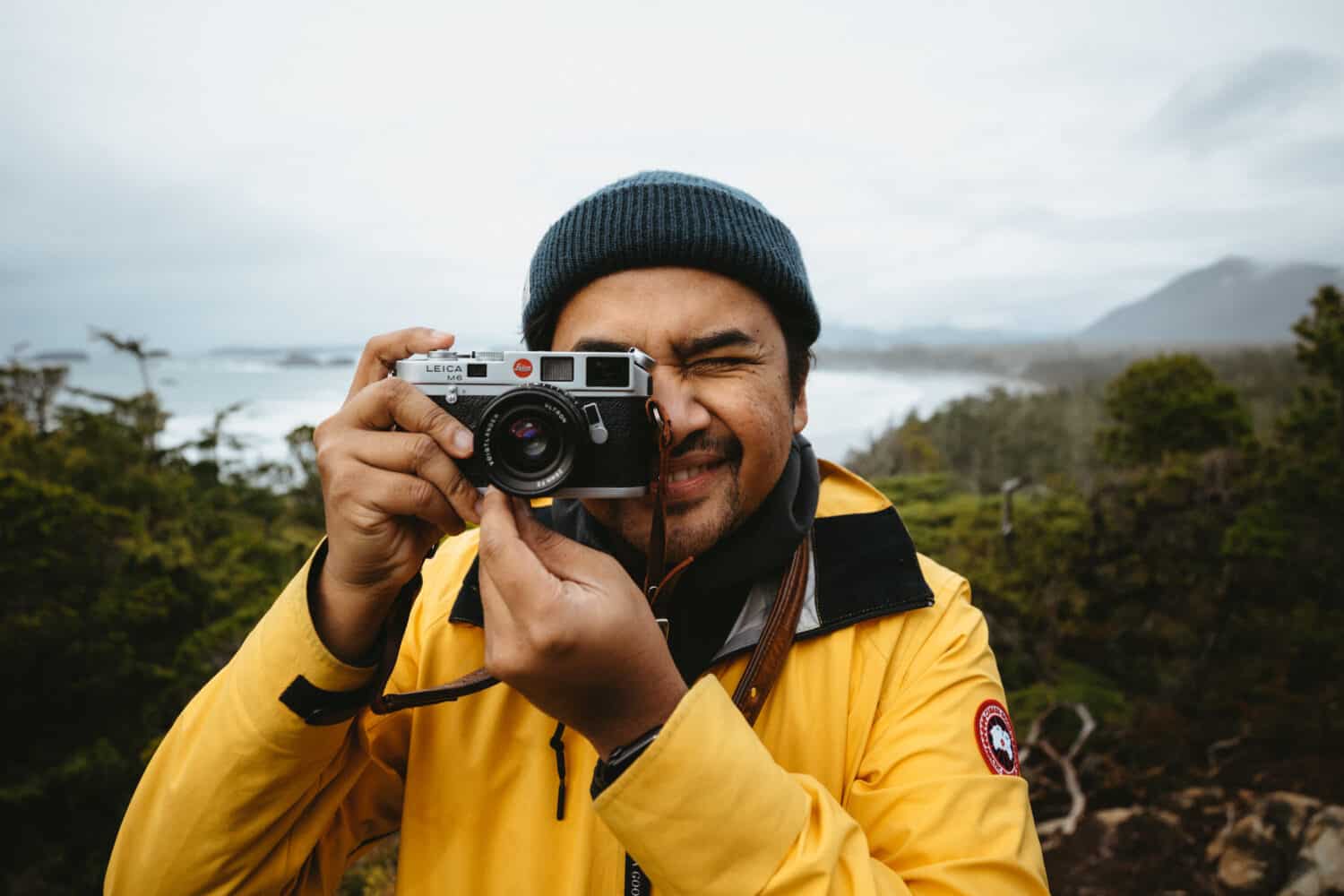
You spent thousands of dollars on your camera gear for travel – why not keep it in tip-top shape?!
Think of it like a car – it’s a huge initial purchase, and then it requires small amounts of regular maintenance to help keep it running at full capacity.
That’s exactly the way you should think about your camera gear and travel photography accessories. It’s probably one of the most important tasks to do during your photography slow season!
Here are some places to turn to for camera maintenance:
Camera Memberships ($$$)
If you are a photographer with a ton of gear that needs frequent servicing, joining a membership can provide you with fast access to high-quality service. Canon has a service that gives members free annual cleans, discounted repair costs, and other perks. Often these memberships require an annual fee, but if you have a large volume of gear and need frequent maintenance, this may be a really great option for you.
Local Vendor ($$)
Does the thought of sending your gear away in the mail make you nervous? You can seek out a local service! Check out your local camera store, tech store, or other small businesses that specializes in this service. Make sure to read extensive reviews, and call ahead to see if they have experience working with your camera model.
Do It Yourself! ($)
With a little care and attention, you can clean and maintain your gear yourself! Pick up a high-quality cleaning kit, and spend some time following Youtube tutorials for basic care. Note: We wouldn’t recommend taking apart your camera unless you really know what you are doing. We recommend the DIY cleaning option only for exterior maintenance!
- Youtube Tutorial By Jevon Dovey (How To Lean Your Camera Lenses)
- Sony’s tutorial on how to clean an image sensor
10. Check-in With Your Clients
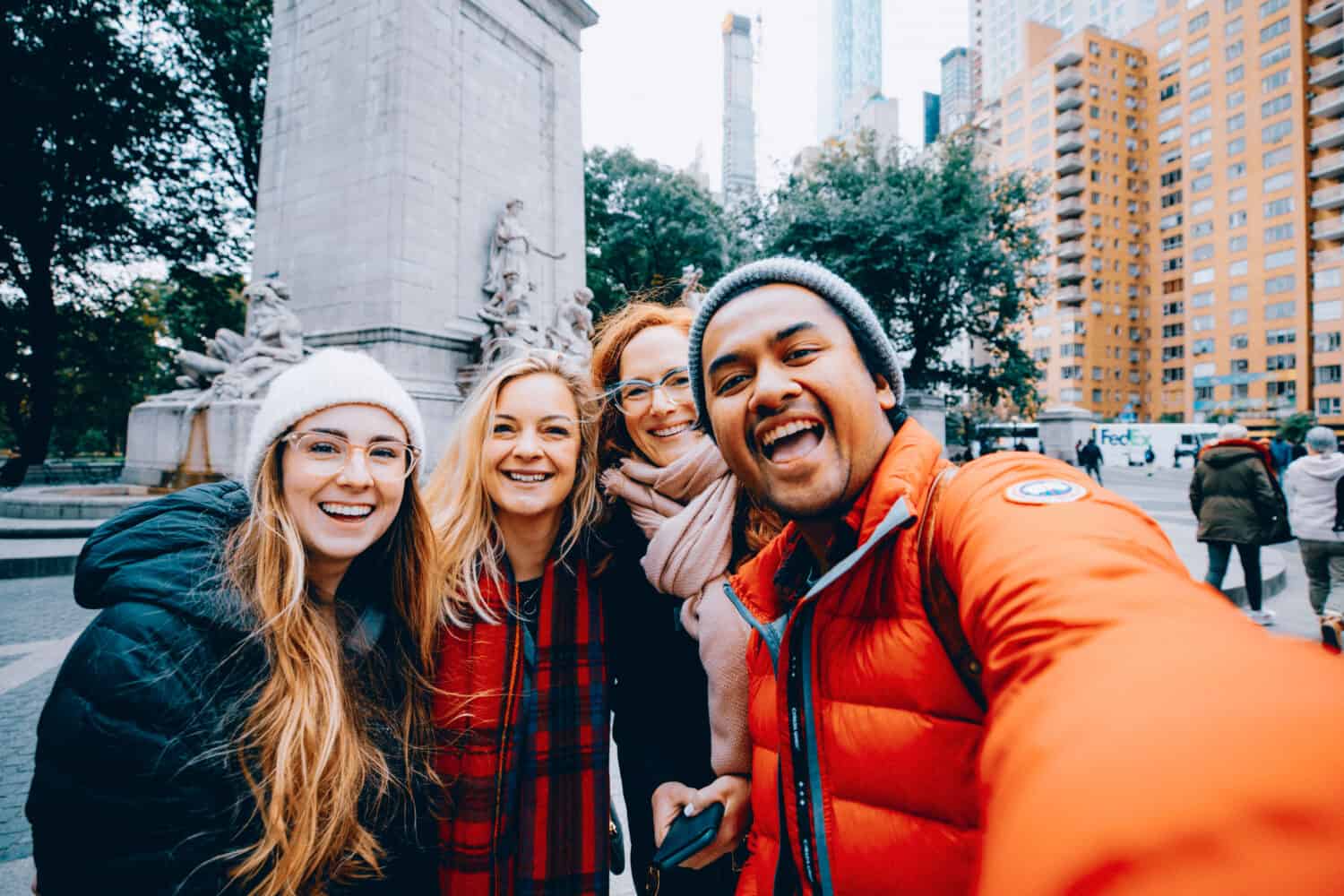
One of the most effective ways to book clients is through word of mouth! Think about it – if the people you trust the most (friends & family) are recommending you visit a business or hire a service, you’re more likely to book them versus some stranger on the internet. Why not keep your name top of mind during the photography slow season?
This is why we like to go above and beyond for our clients. We’ll send thank-you notes after a job is finished or give wedding couples a small gift on an anniversary. There are so many ways to make your clients feel special! Find something that makes sense for you and your business, and send them your gratitude this holiday season.
Send them a thank you note, ask them for a testimonial, or see if you can do anything for them. If you are willing, you can even ask how the experience could have been better. This may be a little hard to take, but it can greatly improve the client experience in the future! Client relationships are an important aspect of any business!
For commercial projects, consider sending them post-campaign reports including popular keywords, purchases, or the CTR (click-through rate). Some of our most successful campaigns continue to bring our clients customers even years later, and it’s fun to share that continued success with them.
11. Dig Into Your Social & Website Analytics

For photographers during slow season, there’s a little more time to reflect back on the year. What worked well? What wasn’t effective? How can I improve for next year?
Here are some ways you can learn more about your audience, analytics, and insights to make better business decisions for next year:
Social Media Insights: (For Instagram Business Accounts)
- Discover Average Reach, most engaging posts, sponsored content percentage, and more.
- Which pieces of content did your audience engage with most? Make a plan to create more of that!
- For easy to read analytics, consider making a Fohr.co account, where you can download a one-sheet breakdown of all the top analytics.
Google Analytics: (For Blogs and Websites)
- Which blog posts were viewed most? Where were these views coming from? (Pinterest, Web Search, Social media, direct links?)
- Were readers engaging with posts on a certain topic more than others? Consider writing more about that subject!
- How long were people on any given page? If it’s a high bounce rate (high percentage of people leaving right away), think about adding images or writing blog posts to keep readers interested longer.
12. Pitch Ideas To Your Dream Brands
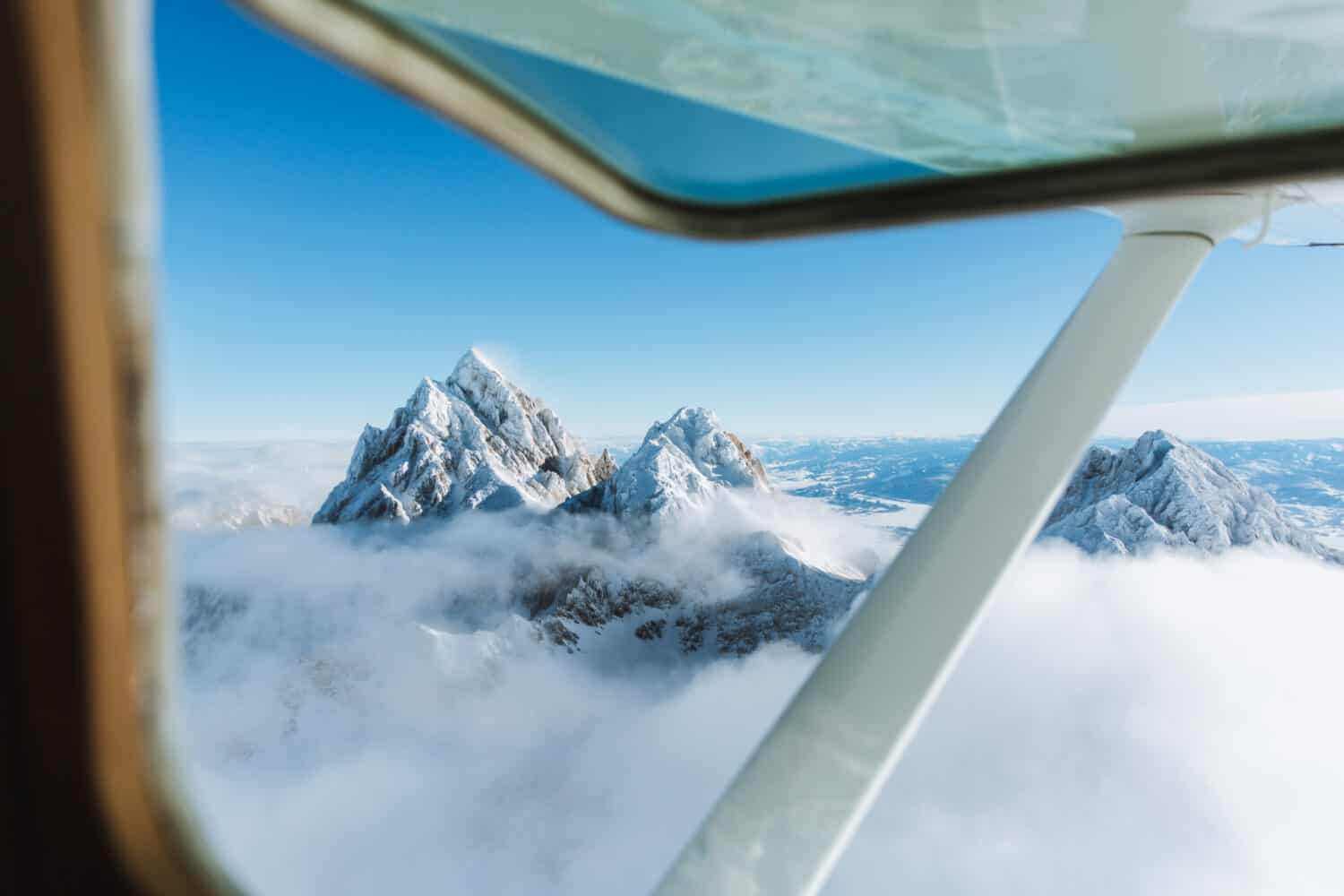
After a year of hard work, new content, and lots of gained experience, it’s time to look ahead to the future! As you think about growing your business, who are your dream clients?
One of our favorite quotes is, “If you don’t ask, the answer is always no.”, and that’s a motto we like to bring to our business. Oftentimes, people are afraid to ask because of fear of rejection. What Berty and I don’t often share is that we receive rejection ALL. THE. TIME. We receive no’s almost daily, but we have learned to not take it personally – here’s how:
Leave emotion out of it and think of it like a math problem instead. If you want 10 clients this year, and you get a 10% yes rate, make it a goal to reach out to 100 brands or people. It might seem like a lot, but when you take the emotion out of it, it will help you push through those rejections and continue to focus on the bigger picture.
Photography Slow Season Bonus Tip: Take a Break!
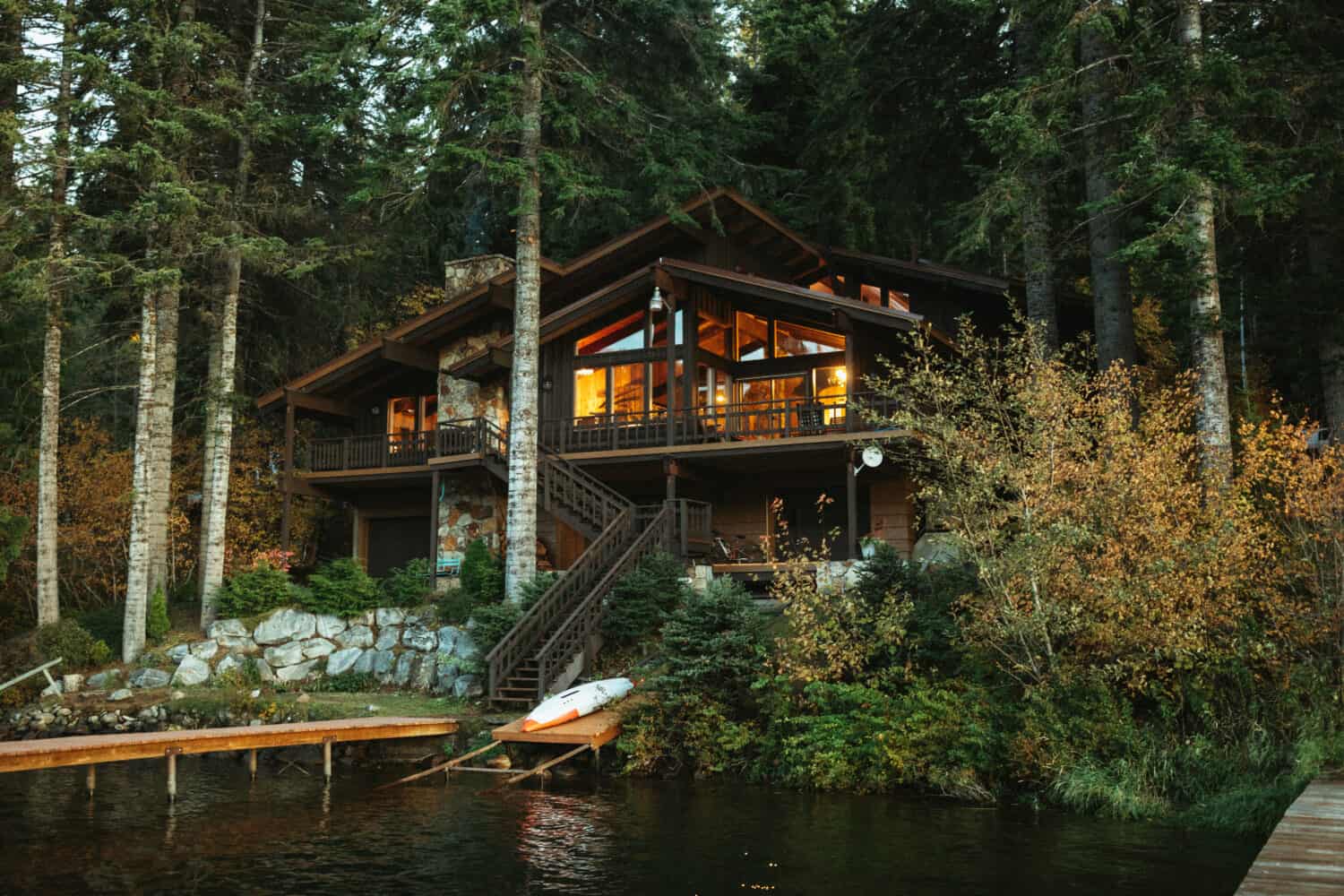
Being a photographer is an endless pursuit of learning, growing, changing, and working hard!
During your photography slow season, it’s important to remember to take breaks, and celebrate all the success of the past year. Heck, even travel for fun! (And bring something entertaining like an instant film camera for travel!)
Taking a break can reinvigorate you with new motivation and drive. It can also help you reflect back on the year and relish in the big & small wins, and take some time to find joy in that!
Owning a small business, it’s SO important to do what you love, and taking some time to step aside can help you return with excitement for the future ahead.
Make The Most Of The Travel Photography Slow Season
The slow season for photographers can actually be a rewarding time to build the foundation of your business.
With a strong infrastructure & organization, you can launch yourself into the next year with confidence and motivation to make next year your best one yet!
We hope that you enjoyed our photography slow season tips, and are encouraged to try something new in your own business!
What are some other photography slow season tips photographers should consider? Share your ideas in the comments below!
MORE PHOTOGRAPHY TIPS
The 25 Best Gifts For Photographers (Beginners to Experts)
23 Incredible Gifts For Film Photographers
8 Travel Photography Tips To Drastically Improve Your Images
All The Best Photography Accessories For Travel Photographers
12 Photo Editing Tools For Busy Travel Photographers
Our Complete Travel Photography Gear List

